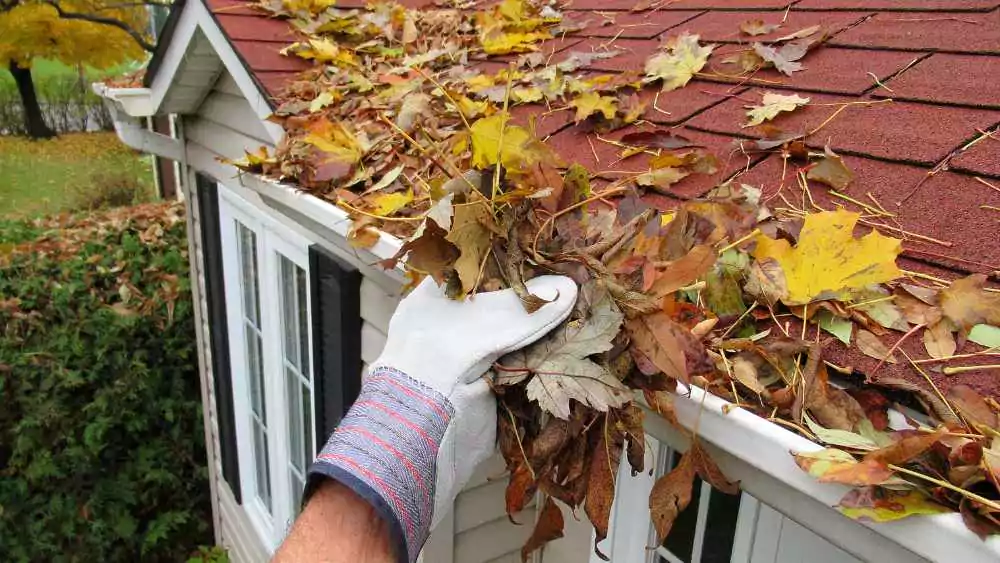Things You Should Know When It Comes to Upgrading Your Roof

Your roof is more than just a protective covering; it’s a vital component of your home’s structural integrity and energy efficiency. Whether you’re considering an upgrade due to age or damage, making informed decisions about your roof is crucial for ensuring long-term safety and comfort.
In this blog, we’ll explore seven essential things you should know when it comes to upgrading your roof, covering everything from signs of deterioration to choosing the right materials and contractors.
Essential Considerations for Upgrading Your Roof: What You Need to Know
1. Signs That Your Roof Needs an Upgrade

Knowing when it’s time to upgrade your roof starts with recognizing the signs of deterioration. Common indicators include leaks, water stains on ceilings, missing or damaged shingles, and sagging areas.
If your roof is nearing the end of its expected lifespan (typically 20-25 years for asphalt shingles), it may be more cost-effective to replace it rather than continue with repairs. Regular roof inspections, especially after severe weather events, can help identify issues early on and prevent extensive damage to your home’s interior.
2. Types of Roofing Materials

When upgrading your roof, the choice of roofing materials significantly impacts its durability, aesthetics, and maintenance requirements. Popular options include asphalt shingles, metal roofing, tile, and slate. Asphalt shingles are versatile and cost-effective, while metal roofs offer longevity and energy efficiency benefits.
Tile and slate roofs provide a distinctive appearance and excellent durability but may require additional structural support due to their weight. Consider factors such as your budget, climate, and desired aesthetic when selecting the right material for your roof upgrade.
Also Read: How To Make A Budget
3. Understanding Roofing Codes and Regulations
Understanding roofing codes and regulations is essential when planning a roof upgrade to ensure compliance with local building standards and safety requirements. These regulations vary by region and cover aspects such as roofing materials, installation methods, and structural integrity. Before starting any roof project, homeowners should research and understand the specific codes applicable to their area.
Consulting with a licensed roofing contractor who is familiar with local regulations can provide clarity and guidance throughout the process. By adhering to these codes, homeowners can avoid potential fines, ensure the structural integrity of their roofs, and facilitate a smooth inspection process upon completion of the project. Understanding roofing codes and regulations is crucial for a successful and legally compliant roof upgrade, providing peace of mind and assurance of a safe and durable roofing system for years to come.
4. Choosing the Right Contractor
Selecting a reputable roofing contractor is paramount to the success of your roof upgrade project. Look for contractors with proper licenses, insurance coverage, and a solid reputation in your community. If you live in Ohio, you can click here to find contractors meeting the criteria mentioned. Obtain multiple quotes to compare services, pricing, and warranties offered.
Ask for references and check online reviews to gauge customer satisfaction and the quality of their workmanship. A trustworthy contractor will provide detailed proposals, answer your questions transparently, and ensure that the job is completed to your satisfaction.
5. Budgeting for Roof Upgrades

Budgeting for a roof upgrade involves considering various factors, including the size of your roof, choice of materials, labor costs, and any unforeseen expenses. While asphalt shingles are generally more affordable, higher-end materials like metal or slate may require a larger upfront investment but offer long-term savings through durability and energy efficiency.
Explore financing options if needed and prioritize quality materials and skilled labor to maximize the lifespan and performance of your new roof.
6. Environmental Considerations
Roofing materials can significantly impact your home’s energy efficiency and environmental footprint. Reflective roofing materials such as metal or white membrane roofs can reduce heat absorption, lowering cooling costs during hot weather.
Sustainable options like recycled shingles or clay tiles contribute to eco-friendly building practices by reducing landfill waste and energy consumption during manufacturing. Consider the environmental benefits of each material choice and their potential to enhance your home’s overall sustainability.
7. Maintenance and Long-Term Care

Once your new roof is installed, proactive maintenance is essential to prolong its lifespan and prevent costly repairs. Schedule regular inspections and maintenance checks to identify and address minor issues before they escalate. Clean gutters and remove debris to ensure proper drainage and prevent water damage.
Follow manufacturer guidelines for cleaning and maintaining specific roofing materials to preserve their appearance and performance over time. By investing in routine maintenance, you’ll protect your investment and ensure that your upgraded roof continues to provide reliable protection for years to come.
Wrapping Up
Upgrading your roof is a significant investment in your home’s safety, comfort, and value. By understanding the signs of roof deterioration, choosing the right materials and contractor, complying with building codes, and budgeting wisely, you can make informed decisions that enhance your home’s aesthetic appeal and energy efficiency.
Remember to prioritize regular maintenance and consider the environmental impact of your roofing choices. Whether you’re planning a minor repair or a complete roof overhaul, seeking professional advice and thorough planning will help you achieve long-lasting results and peace of mind for your home.

news via inbox
Sign up and never miss out on the latest news and updates at HighStuff




